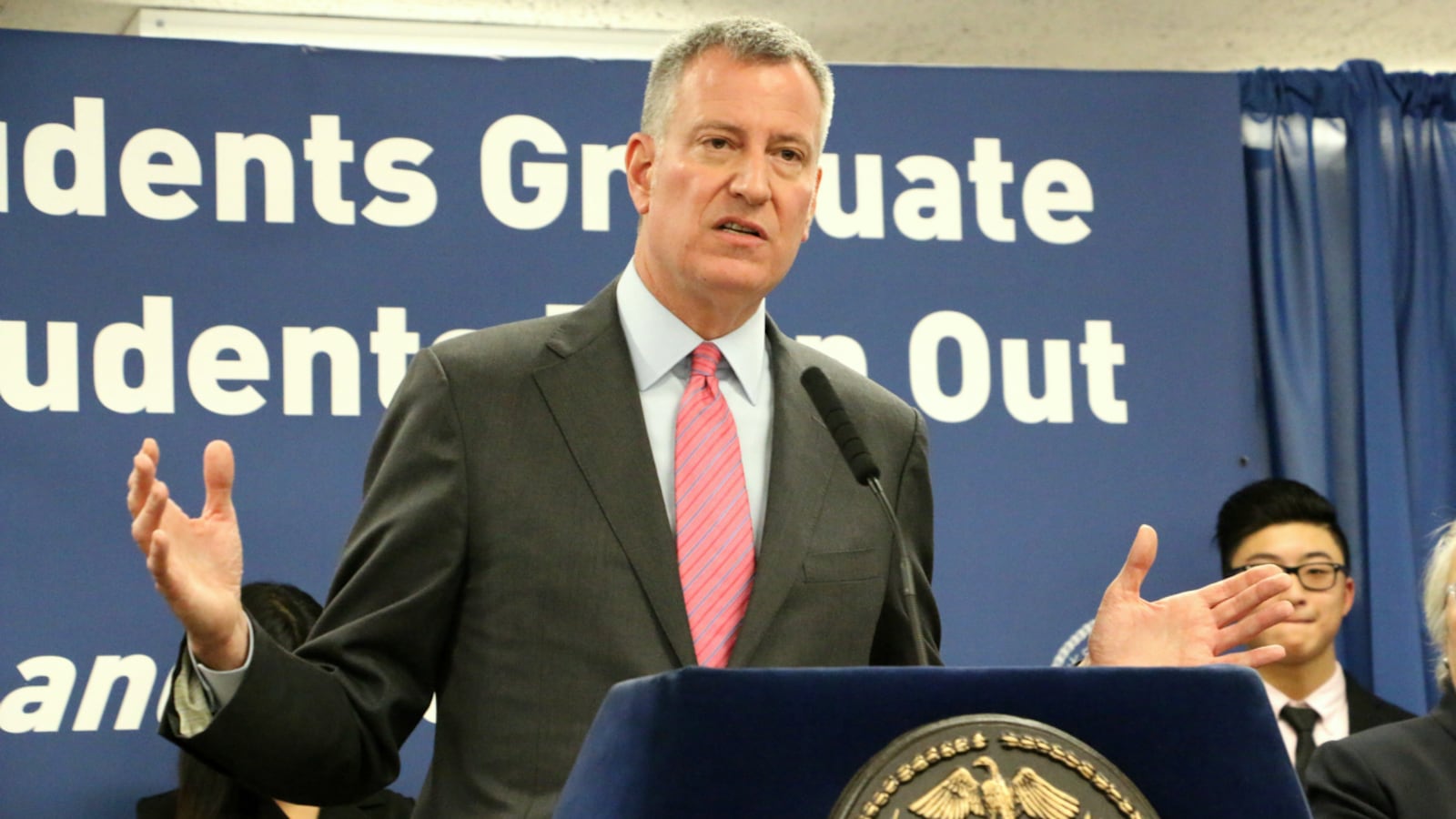The number of “persistently dangerous” schools in New York City dropped dramatically this year, with only four city schools on the list in 2016.
That’s the fewest since the list was created, down from 27 last year, according to information released by the state Monday night. Statewide, just five schools made this year’s list, down from 32 last year.
The city’s education department touted the news as a success — their second chance to celebrate this week after Friday’s announcement that city students posted big gains on state tests.
“We’ve made critical progress as demonstrated by the reduction of persistently dangerous schools in New York City, underscoring the dedication and tireless work of teachers, counseling staff, administrators, and school safety agents,” said Schools Chancellor Carmen Fariña in a statement.
A state education department official said the agency had provided the persistently dangerous schools more support than ever before, including more than 70 trainings for school staff, along with guidance on how to accurately report incidents. The state also required each school to come up with an action plan to reduce incidents that threaten school safety.
“There is literally nothing more important than the safety of our students,” said education department spokesman Jonathan Burman. “The State Education Department has been working closely with districts throughout the city and state to help improve the climate in our schools and we will continue to work with them to make sure New York’s schools are safe havens for all.”
School safety has been a flashpoint in Mayor Bill de Blasio’s larger school improvement strategy. He has urged schools to hand out fewer suspensions — eliminating the practice entirely for the city’s youngest students — and backed the use of options like counseling and peer mediation instead. Last month, the city trumpeted city data showing a reduction in the number of suspensions and school crimes.
But some educators have criticized the mayor for removing suspension as a tool for keeping classrooms safe while offering limited training on how to implement alternatives like restorative justice. Meanwhile, critics like the pro-charter group Families for Excellent Schools, have argued the mayor’s policies have made students less safe, pointing to state data showing violent crime in schools is on the rise.
“The goal of Mayor de Blasio’s school climate reforms should be to make our schools actually safer — not merely make them look safer,” said Jeremiah Kittredge, CEO of Families for Excellent Schools. “This unprecedented drop in the number of persistently dangerous schools warrants scrutiny and skepticism, since there has been no evidence to date to suggest that it should have declined.”
The state determines which schools are “persistently dangerous” by weighing the proportion and severity of incidents against the number of students enrolled at a specific school. But that metric has been repeatedly called into question. In May, the Board of Regents discussed changing the way the state classifies safety incidents to make the metric more accurate, though state officials said the tracking system has not yet changed.
The New York City schools that made this year’s list are P.S. 111 in Queens, P.S. 213 and P.S. 306 in Brooklyn, and P.S. 207 in the Bronx. None of those schools immediately responded to requests for comment, but we’ll update this story if they do.
Under federal law, students at “persistently dangerous” schools have the right to transfer at any time. It also taints the schools’ reputation, and makes it hard to recruit new students, said Noah Gotbaum, a member of a Manhattan education council that had a “persistently dangerous” school — P.S. 191 — in its district. (The school has now been removed from the list.)
The experience for that school was a “nightmare,” he said, and the metric for determining which schools end up on the list is deeply flawed. At P.S. 191, for instance, a student throwing a ball at another student was logged as assault with a weapon, he said.
“In this case, it was very clearly a miscalculation, a misdesignation,” Gotbaum said. “I just hope they revise the system because this shouldn’t happen.”

